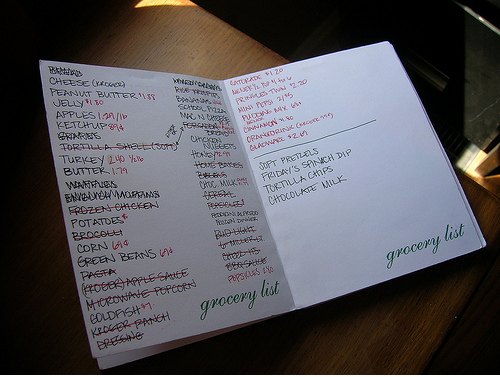 Photo by fivedotdesign
Photo by fivedotdesign
What does our food budget look like while trying to eat a real food diet on a budget? Today, I welcome you to take a peak into our food budget. We keep to the basics in our eating habits, nothing fancy. I have come to realize that although real foods can cost more up front, the value is worth every penny. We feel better, we are satisfied longer, and we rarely need the doctor. Truth be told…I have realized you can always afford what you prioritize. When we first started out pursuing a more whole foods diet, Aaron and I sat down to evaluate our overall budget. We concluded that if we wanted to spend more on food, other things would have to go. One of the main reasons I chose to cloth diaper, for example, was so that we could eliminate that monthly expense and use the money for food. Other expenses that we chose to eliminate: we own no television, no magazine subscriptions, own one vehicle, eat out less, etc. I have found that if you have the vision and passion to eat naturally, you can make it work!
Our food budget is $400 per month for four of us. Yes, Titus eats his share! ![]() Whole foods definitely seem to be more expensive here in the Portland area of Oregon, probably because there is more demand for it. This includes all our food and household products (bath, cleaning, and general household items). Where does it get spent? I have listed out the stores I buy my food from below. These are typically the best sources that we have access to that I have found the best price. As you can see below, I keep pretty much the same list monthly and keep it organized in the Shopper application on my I-phone (which has been very helpful, by the way!). All these ingredients are also based upon my monthly menu plans. This works for our family, but there is always room for flexibility as to the season of life.
Whole foods definitely seem to be more expensive here in the Portland area of Oregon, probably because there is more demand for it. This includes all our food and household products (bath, cleaning, and general household items). Where does it get spent? I have listed out the stores I buy my food from below. These are typically the best sources that we have access to that I have found the best price. As you can see below, I keep pretty much the same list monthly and keep it organized in the Shopper application on my I-phone (which has been very helpful, by the way!). All these ingredients are also based upon my monthly menu plans. This works for our family, but there is always room for flexibility as to the season of life.
Trader Joe’s - I make a monthly grocery trip to TJ’s to pick up various staples. I found they have some of the best prices on good, organic, and preservative free items.
Here is what I buy monthly or as needed, spending around $125 per month:
All Beef, Nitrate Free Hot Dogs – 1 pack
Nitrate Free Ham (lunchmeat) – 1 lb
Chicken Italian Sausage (2 lbs)
Organic Spinach (for smoothies) – 3 bags
Bananas (about 20 – freeze for smoothies)
Avacados (2 packs – mainly for Titus)
Raw Parmesan Cheese (in the bulk form)
Canned Wild Salmon
Organic Ketchup
Organic Mustard
Mayonnaise (sometimes I buy, sometimes I make my own)
Kerrygold Butter (2 pounds)
Olives (2 cans)
Organic Sour Cream (1 container)
Salsa
Peanut Butter (2 jars)
Brown Rice Pasta (1 pack of spaghetti, 1 pack penne, as needed)
Chicken Breasts (1 bag)
Frozen Organic Peas (1 pack)
Frozen Organic Corn (1 pack)
Frozen Wild Salmon (2 lb = 2 packs)
Olive Oil (32 oz container -every two months)
Pure Maple Syrup (every two months)
Organic Quinoa
Organic Raisins
Toothpaste (every two months)
Shampoo (every two months)
Soap Bars
Toilet Paper
Coffee & Beer (for the hubby)
Occasionally, we will get a few treats…such as Jo-Jo’s, (yes, those yummy oreo alternatives), raw bleu cheese, feta cheese, etc.
Azure Standard (whole foods co-op) – $50 per month – most of these items are purchased on an as needed basis
Raw Cheddar (5 lbs) – every two months – grate and freeze it
Mozzarella (5 lbs – every 2 months – also grate and freeze)
Organic Whole Grains, Legumes: Wheat, Kamut, Spelt, Oats, Millet, Lentils, Brown Rice, Black Beans (purchased in 5 lb quantities, oats and wheat in 25 lb bags)
Spices
Organic Coconut Milk
Chia Seeds
Cocoa Powder
Nuts
Rapadura/Sucanat
Leavenings -baking soda, baking powder, arrowroot powder, sea salt
Goat’s Milk Powder (for baby)
Produce on occasion – Organic Apples, Pears (20 lb box)
Milk & Eggs – local source = $75.00 per month
2 dozen eggs weekly – $3.75 per dozen
1 1/2 gallons of milk weekly- $7.50 per gallon – from which I make kefir, yogurt, and some butter, and occasional ice cream
Vegetables/Fruit- local farms- $15-20 per week – $80 per month
I stick with the frugal vegetables and fruits and whats in season for better prices. I rarely if ever buy cherries, peppers, pineapple, etc. We eat a lot of greens, apples, pears, carrots, broccoli, onions, garlic, squash, potatoes, etc. We typically serve raw veggies and fruit with lunch and dinner includes a fresh salad (even if its just greens sometimes), and usually a steamed or baked veggie.
Beef – annual local purchase of 1/4 cow – $375 - $31.25 per month
We typically eat beef twice a week, chicken once, fish once, vegetarian once and pizza and leftovers on the weekends.
Chickens – annual local purchase of 12 chickens (one per month) – $180 – $15 per month – I cook up one chicken per month from which we make chicken stock.
Produce stocked up on in the summer for freezer- Strawberries, peaches, raspberries, blueberries, tomatoes (canned all my own tomatoes for sauce), pickling cucumbers for pickles, berries for homemade jam – I usually set aside $200 for such purchases, but I don’t really include this in our food budget. I just set money aside early in the summer from other earnings.
Other items from different sources:
Organic EV Coconut oil – order from Mountain Rose Herbs (we consume about 1 gallon every 2 months) – buy in quantity and split with friends
Cod liver oil – purchase through Vitacost
Pepperoni – I buy Applegate Farms nitrate free pepperoni from Fred Meyer’s
Bread – I currently buy sprouted bread, hot dog buns, hamburger buns from Dave’s Killer Bread Outlet – I can buy one loaf of sprouted 100% organic bread for $2.10 a loaf in bulk quantities (it’s been one of those seasons when making it from scratch has been a real challenge!)
Raw Honey -from a local farm – Honey House Farms (1/2 gallon every two months)
Vinegar, club soda, hydrogen peroxide, oxygen bleach and a few other cleaning supplies – infrequent purchases at wal-mart or Fred Meyers
Soap nuts – for laundry from NaturOli
What happens when we really need to cut corners? As my husband is self-employed, income is never quite consistent, so there have been times when we really had to cut back. In order to make it work, we cut the following out of our grocery list, and can usually get by with $300 per month:
limit to 1 gallon of milk
1 dozen eggs
no salmon
no lunchmeat
no snacks
make my own ketchup
make my own bread
What products do I make myself?
chicken broth
breakfasts (smoothies, pancakes, oatmeal – meaning that we don’t use packaged products, just use our own homemade recipes)
muffins and other breakfast pastries
tortillas
biscuits
salad dressings
ice cream and other desserts
protein bars for snacks
canned tomato sauce – homemade chili, spaghetti sauce, etc
jams
I may have overlooked something…
What products do we avoid? As you can see, we do really strive to keep to the basics with the ocassional splurge on a special dessert or snack. I try to avoid mixes, cereal, soda, packaged snacks…
You can make it work! You just sometimes have to cut out some of those convenience foods. Alas!
Other Real Food Budgets:
Stephanie @ Keeper of the Home – How My Grocery Budget Works
Laura @ Heavenly Homemakers – Breaking Down the Budget
What does your food budget look like? Do you have any tips to share on how to make it work on a budget?
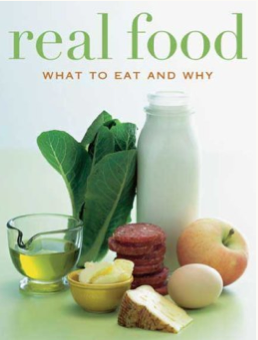
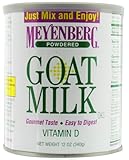 Do you need a good natural milk supplementation for your nursing baby? I have struggled with maintaining a sufficient milk supply for all three of my little munchkins and I have definitely tried my best at
Do you need a good natural milk supplementation for your nursing baby? I have struggled with maintaining a sufficient milk supply for all three of my little munchkins and I have definitely tried my best at 



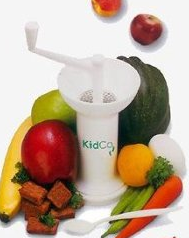

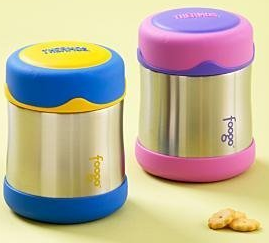

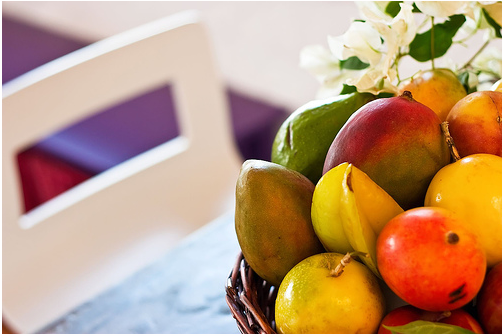
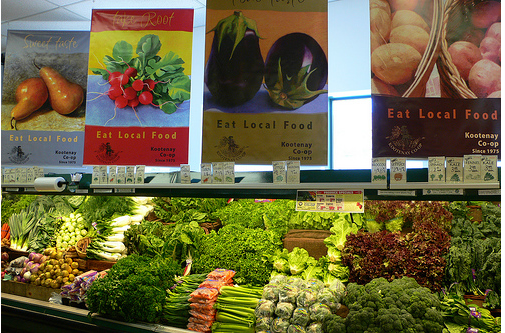
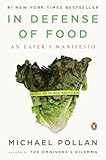 I recently completed
I recently completed